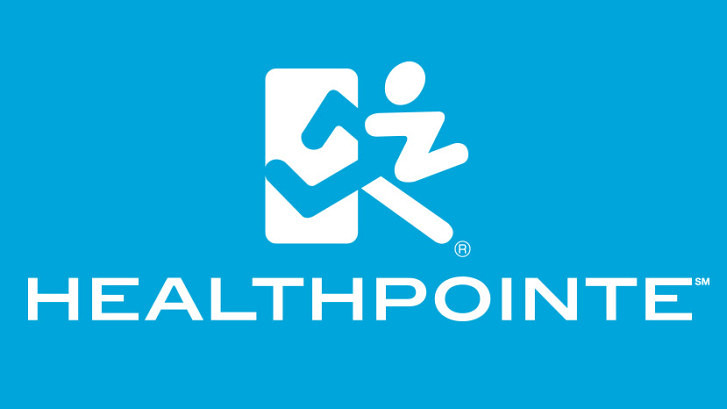Sports Hernia: Diagnosis and Treatments
Although you should trust your doctor about his professional competence, you should also be an informed patient as well. You and your doctor can then be on a better footing about your options – and this is true for one of the most common sports injuries – a sports hernia.
During your first appointment, your doctor will ask about your symptoms as well as the events leading up to them. You will also be subjected to a physical examination, which can reveal signs of sports hernia including tenderness in the groin or just above the pubis area. Your doctor, however, may not find tenderness in the area, as is the case with traditional hernia (i.e., inguinal hernia).
You may also be asked to perform a sit-up or to flex your trunks, which will be painful in the case that you have a sports hernia. For a more definitive diagnosis, your doctor may also order imaging tests, such as X-rays or magnetic resonance imaging (MRI). You may have an underlying medical condition that may mimic the symptoms of a sports hernia, thus, the imaging tests are conducted to rule out these possible causes.
Fortunately, a sports hernia can be treated with the following methods. Just make sure that you and your doctor have agreed to these methods to prevent the worsening of your injury.
- For 7-10 days after your injury, you will be asked to treat the injured area with rest and ice. You can compress or wrap your groin in case it has a bulge, which can relieve pain.
- Physical therapy. Your doctor will also order for your physical therapy 2 weeks after your surgery. Said treatment of which will strengthen your abdominal and thigh muscles. You will also enjoy more flexibility in these areas, which will decrease your risks for another sports hernia.
- Anti-inflammatory medicines. Your doctor may also prescribe non-steroidal anti-inflammatory medicines to reduce the pain and swelling; naproxen and ibuprofen are common examples. You may also be injected with cortisone, if these medications are insufficient.
- You may have torn tissues in your groin, which will require surgery to repair. Your doctor will perform either an open surgery or an endoscopic procedure or an inquinal neurectomy (cutting the inguinal nerve).
- Surgical rehabilitation. You may also be required to undergo a surgical rehabilitation program so that you can recover your strength and endurance.
You should be able to return to your sports activities 6-12 weeks after all of these treatment methods have been completed.
Are you looking for the best treatment for sports hernia? Look no further than Healthpointe clinics, such as in La Mirada that serves the areas of Whittier, La Habra, Norwalk, Cerritos, Buena Park, and Santa Fe Springs as well.
About Healthpointe:
Healthpointe is a leading multidisciplinary healthcare organization offering a full range of medical services in practice locations throughout Southern California (Los Angeles county, Orange county, San Bernardino county and Riverside county). Healthpointe has locations situated in over 10 cities in Southern California including Anaheim, which is conveniently located near Fullerton, Placentia, Buena Park, Cypress, Cerritos and Villa Park. As a highly regarded musculoskeletal group, we have a personal investment in the highest level of service, and we are proud of our record of excellence over the last four decades with private patients, injured workers, urgent care, personal injuries, and professional and non-professional athletes. Leading our organization is a dynamic team of healthcare professionals who continually strive to be at the forefront of medical innovation and healthcare service delivery. For more information, a complete list of services, and Healthpointe locations, visit https://healthpointe.net/

